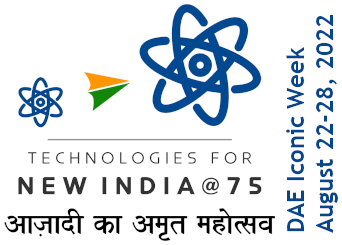Past Colloquia
| Title : |
Ozone Depletion and Beyond |
|
| Speaker | : | Dr. Montu K. Hazra, SINP , Kolkata |
| Date | : | August 07, 2019 |
| Time | : | 3:00 PM |
| Venue | : | Lecture Hall-2 |
| Abstract | : |
The most astonishing environmental breakthrough of the 20th century is the discovery of ozone hole over the Antarctica by Farman and coworkers1 in 1985. The impact of this research work has been unambiguously gigantic because the authors bravely identified that the breakdown halogen species of manufactured chlorofluorocarbons (CFCs) is the cause of ozone depletion. The fact that atmospheric ozone could have been depleted by halogen species had been postulated a decade earlier by atmospheric chemists F. Sherwood Rowland and Mario Molina2. Subsequently, Solomon and coworkers3 in 1986, and Anderson and coworkers4 in 1991 further confirmed the destructive role of CFCs in ozone depletion. The paper by Farman and coworkers along with the research of Molina, Rowland and Paul Crutzen,5 who shared the 1995 Nobel Prize in chemistry for their ozone research, changed the international politics of environmental regulation. International agreement has implemented the unique Montreal Protocol (agreed in 1987) in 1989 with precise aim of phasing out the global production and emissions of ozone-depleting substances. About the Montreal Protocol, Kofi Annan, the former secretary general of the United Nations, called it “perhaps the single most successful international agreement to date”. Here, the speaker, with his ambitious theoretical concept, will introduce another potential ozone depletion mechanism. Considering sulfuric acid decomposition chemistry and volcanic eruptions as examples, the speaker will show how the present geo-engineering missions to control the global warming aspect of Earth's climate are associated with ozone depletion. He will also speak about how the present global warming era can cause serious damage in ozone layer of the Earth. In addition, he will establish that his ozone depletion mechanism also transports lower-middle stratospheric OH radical, known as atmospheric detergent, to upper stratosphere and responsible for the formation of SO2 in upper stratosphere. The stratospheric concentration of SO2 is growing up continuously in recent decades. Saving the lives on Earth is one line summary of this presentation, while Venus has already become an evil twin of Earth. |




